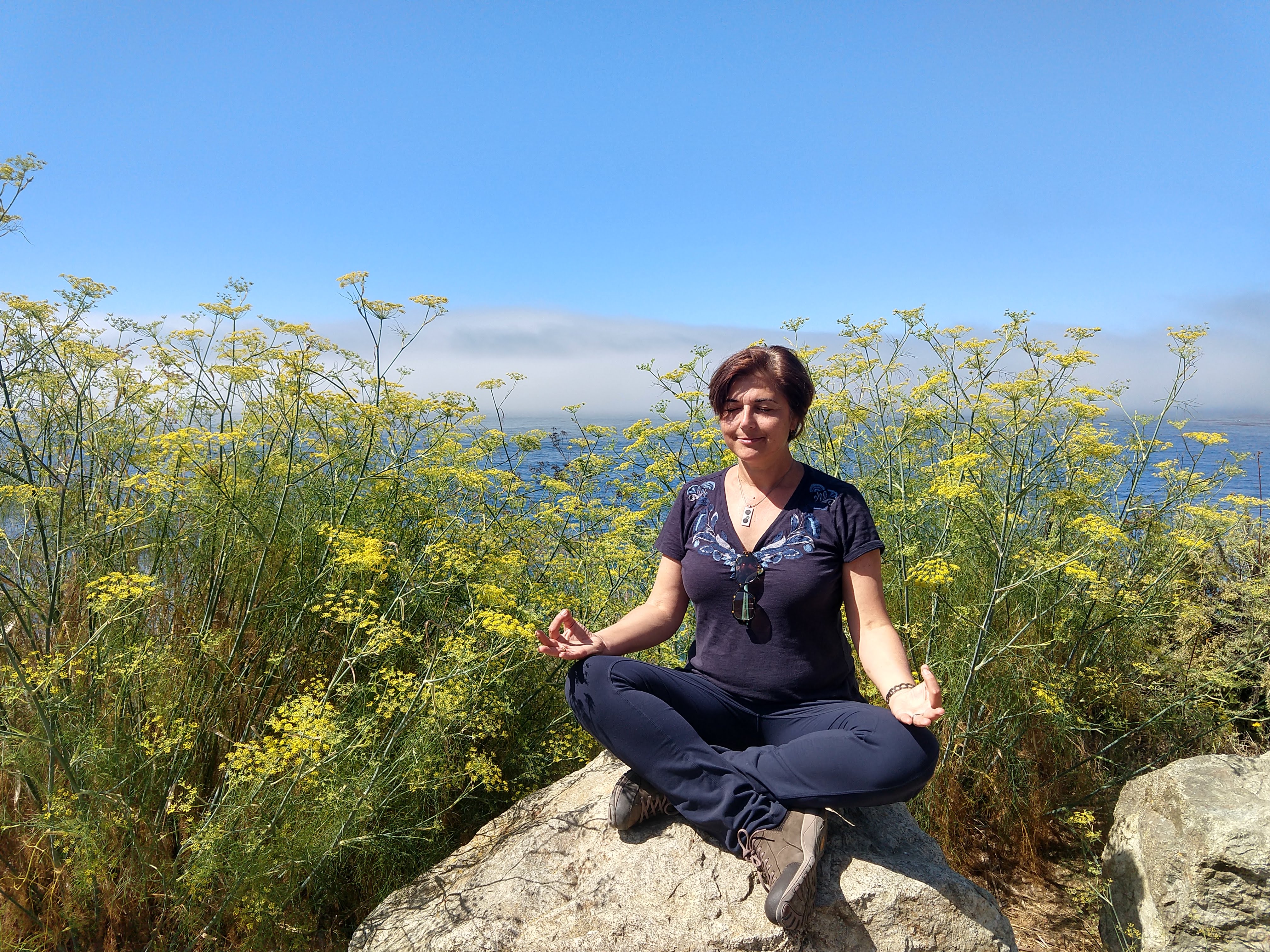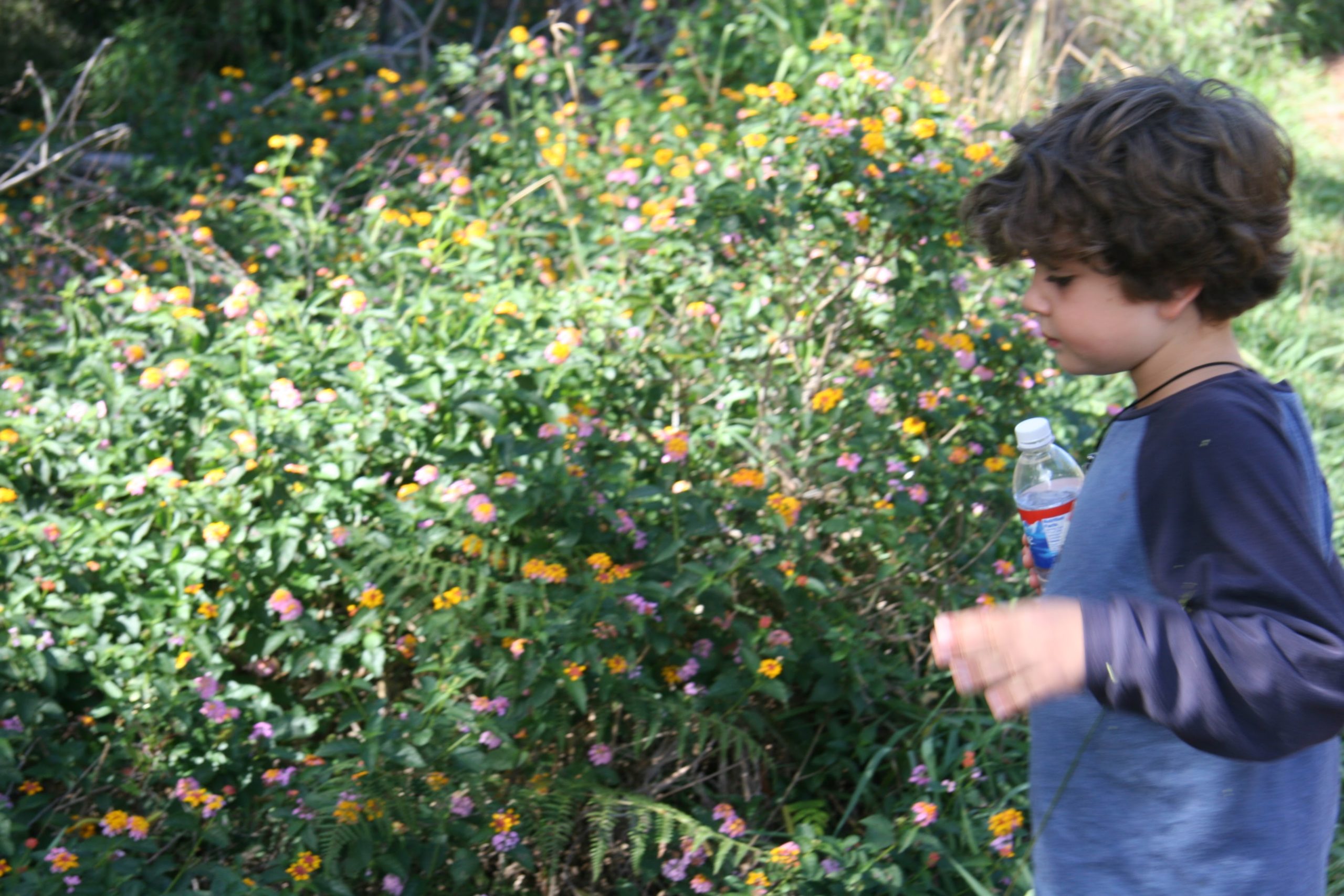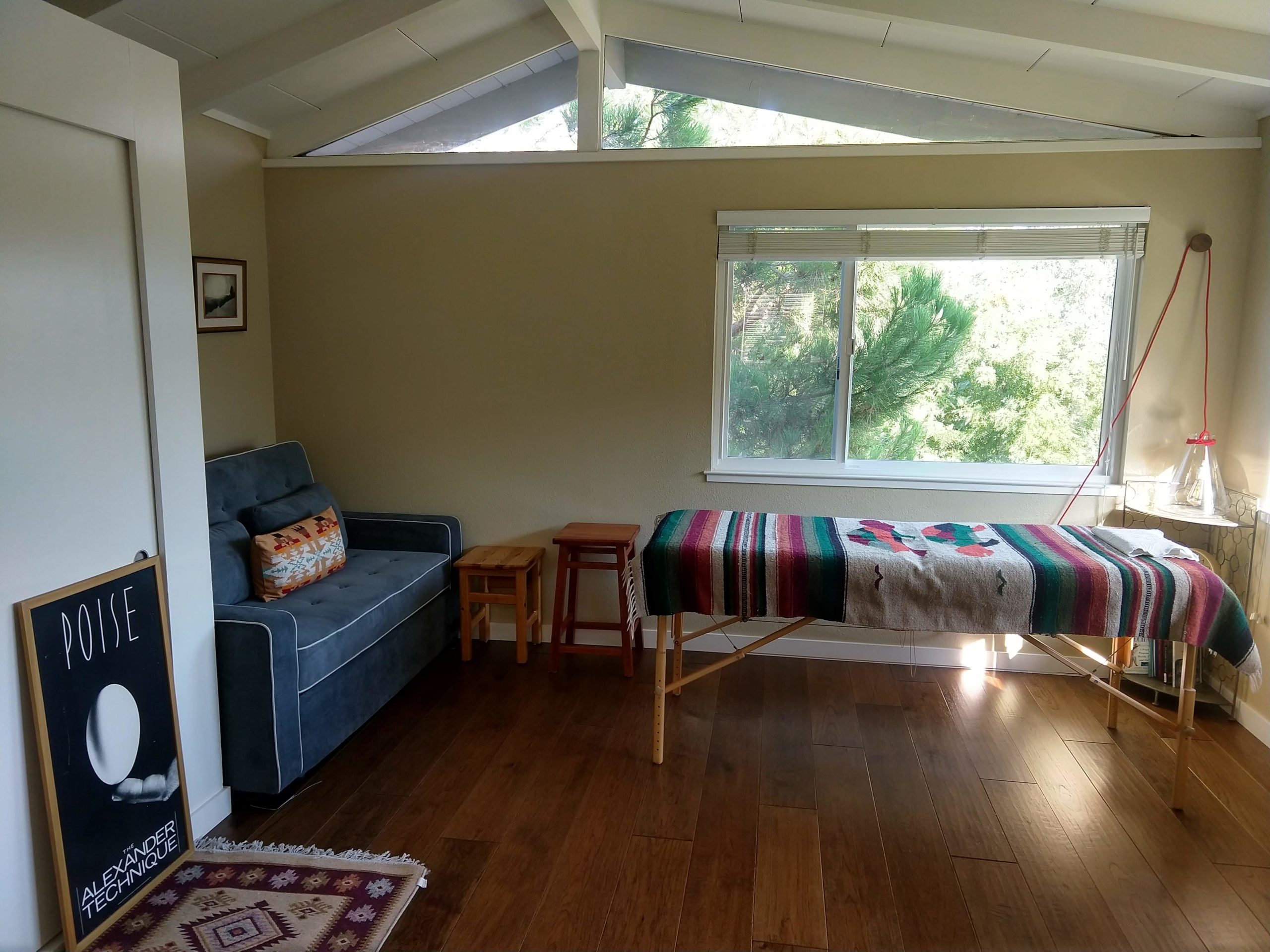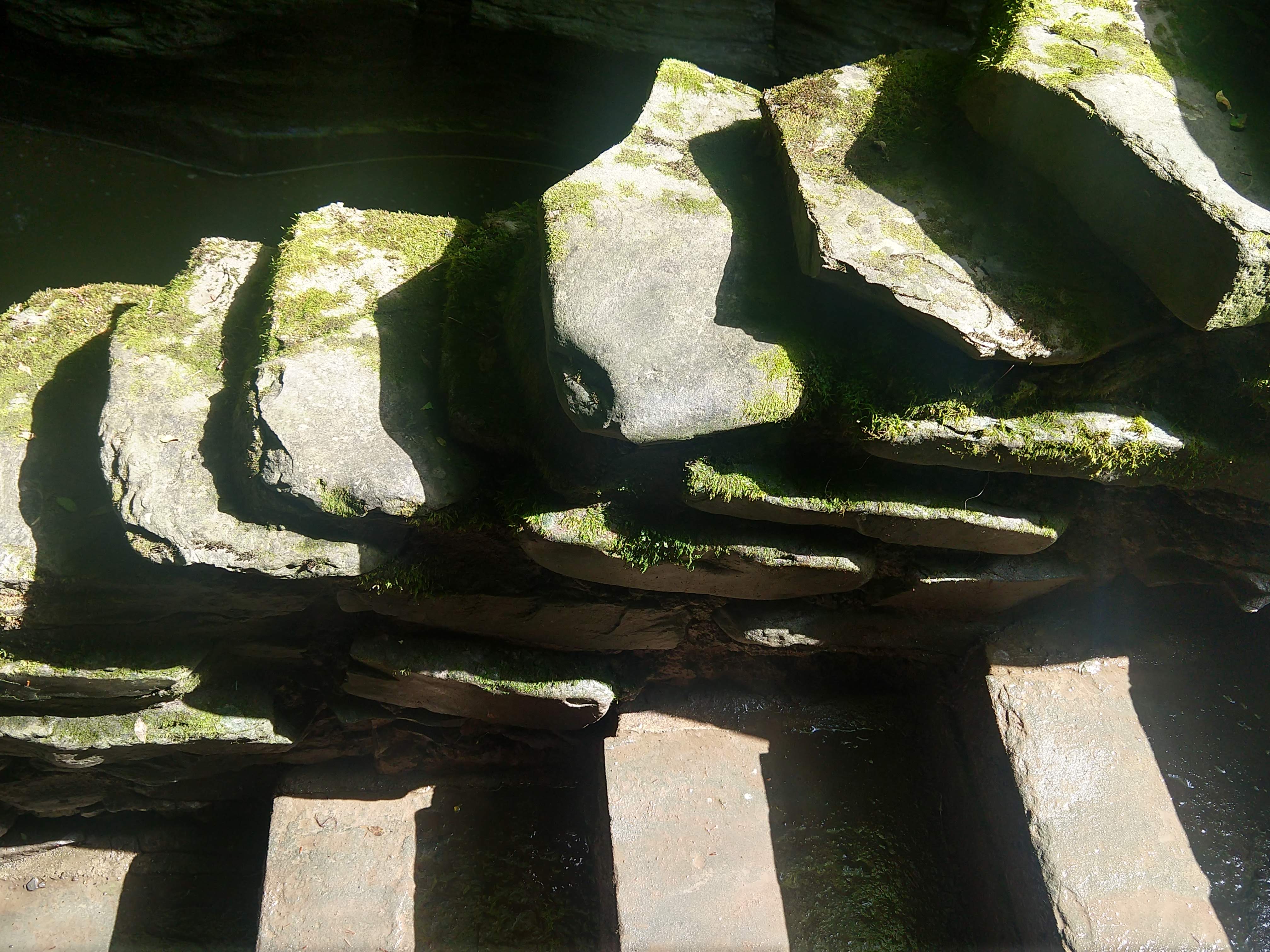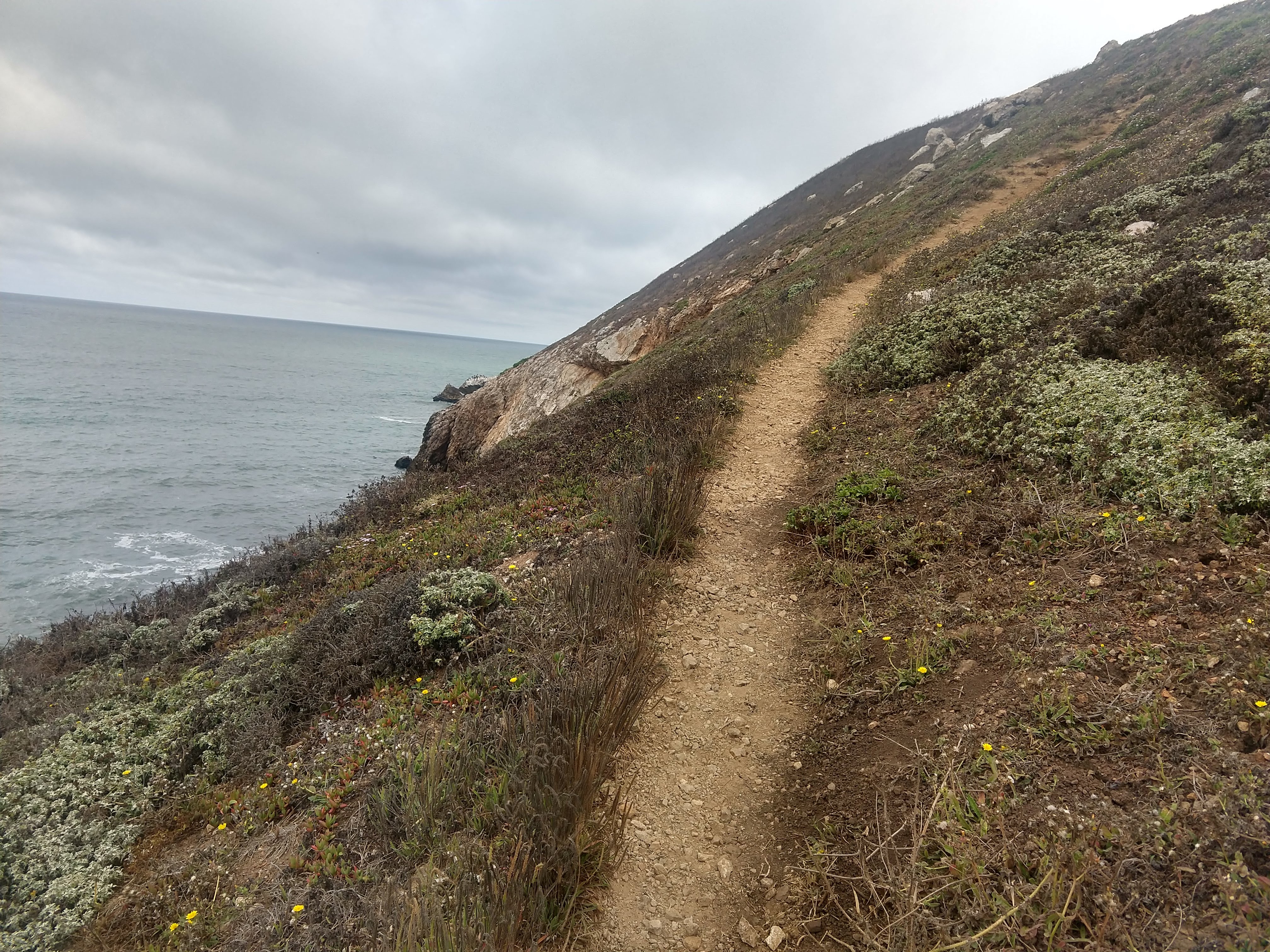My Mission
Many years ago I learned about pain and desperation. I was 27, I loved backpacking, rock climbing and running. And then my left knee started to hurt. In the hindsight, I can see why it happened. My natural postural habits were quite distorted, I could observe it in the mirror and on photos, but I had no idea how to change. My upper back was sagging forward and down and my neck was sticking way forward while the head would tilt up. My mother used to pat me on the back and suggest ‘stand straight!’, but it had no internal meaning to me. I would try to hold my self ‘straight’ , but was never able to do it for more than a min. Back pain was my friend since the age of 10.After several expert orthopedic doctors visits, an arthroscopic exploratory surgery was suggested, and I went ahead with it. I did, because I had no other ideas. I wasn’t aware of the Alexander Technique and didn’t know there was a way to change from within.My journey out of pain took a good few years at the Jerusalem Course for the Alexander Technique. How I got there and the more detailed story I will describe in another post.The main point I want to make here is once we are shown the way, we can learn and change, and then healing can happen. This is my mission.
